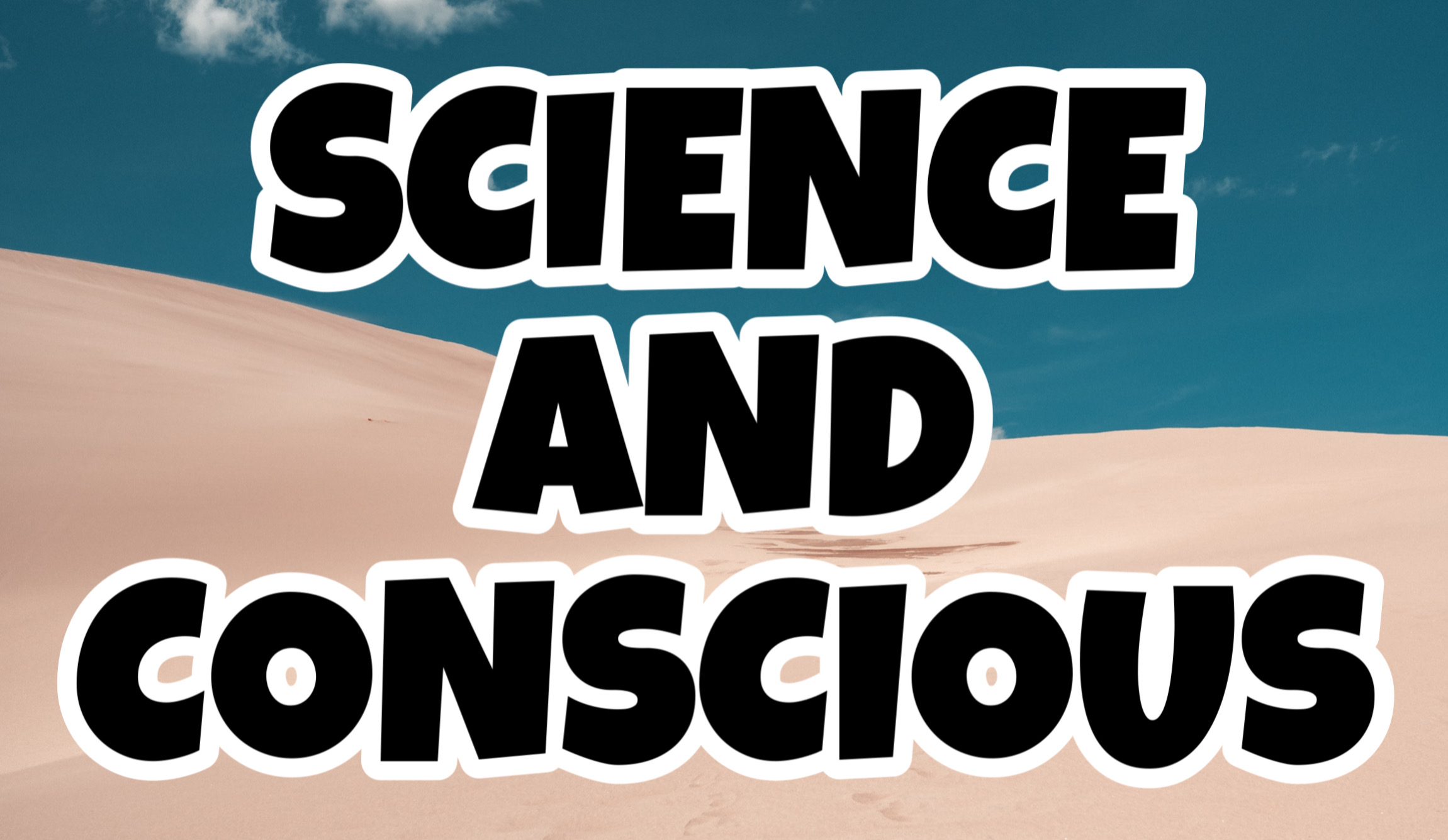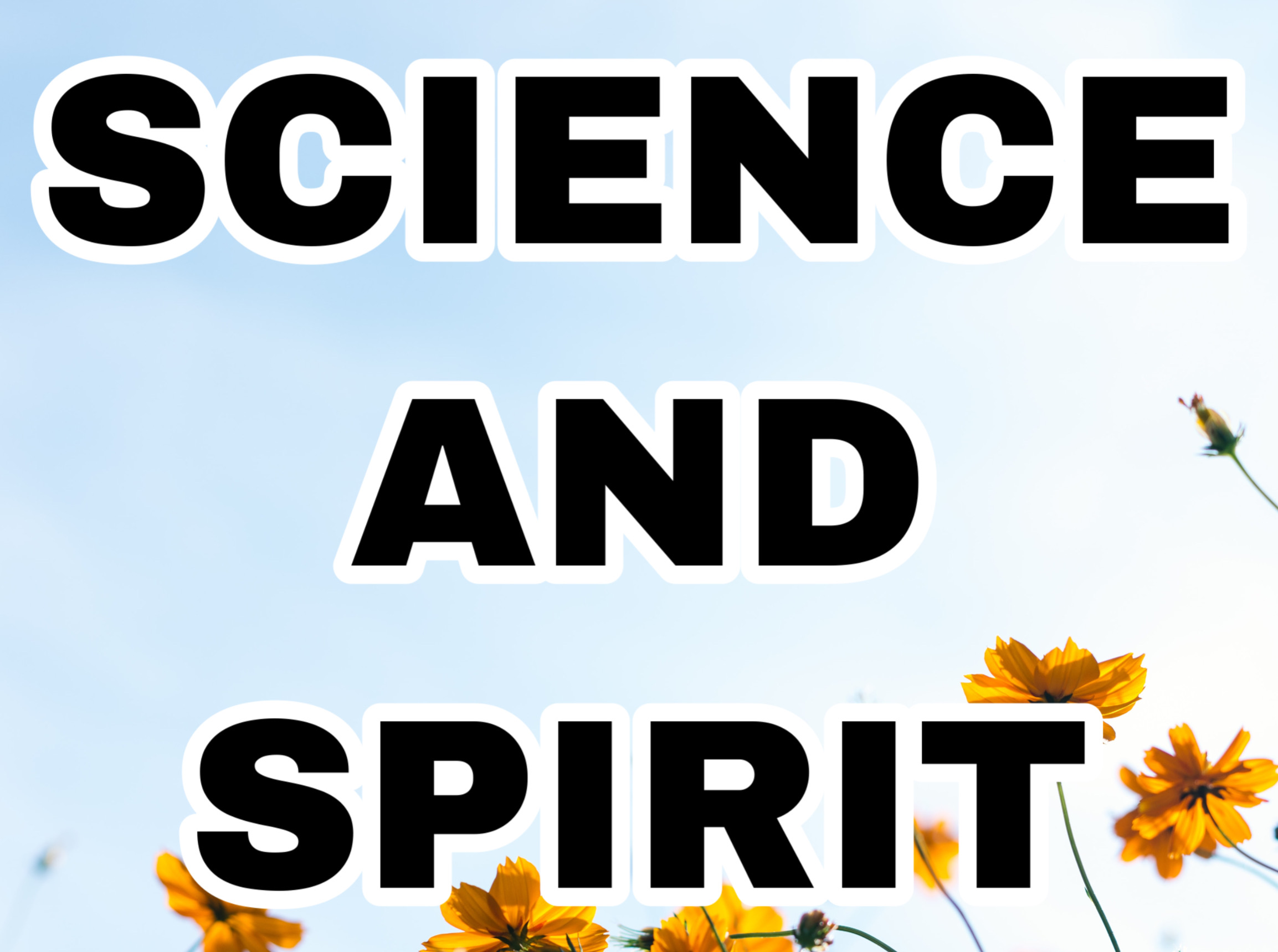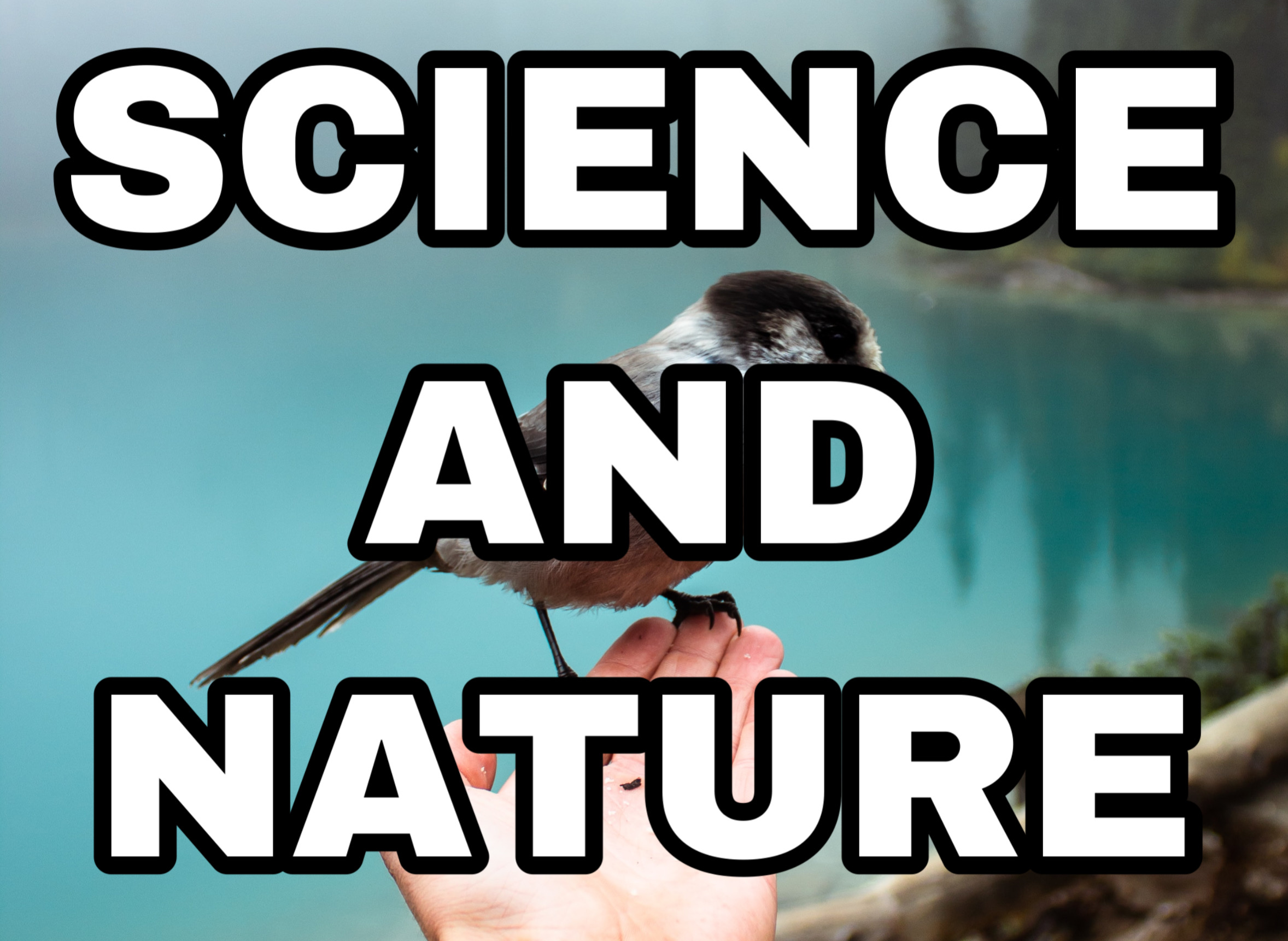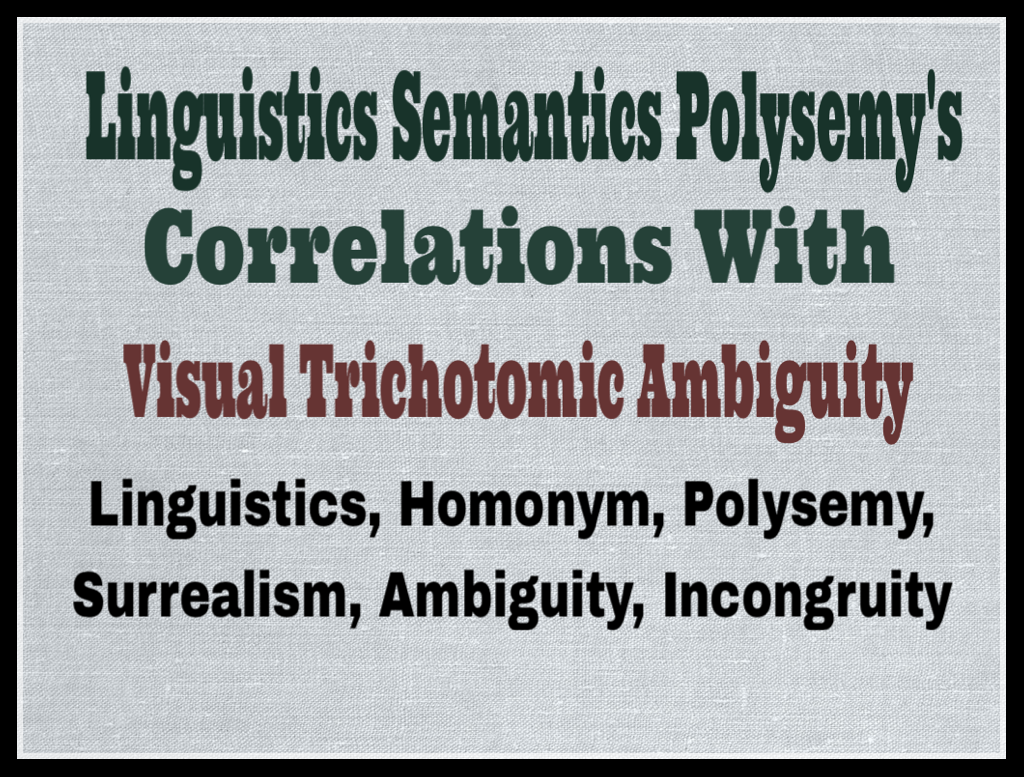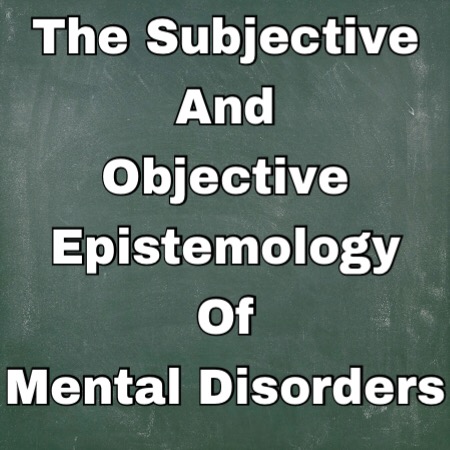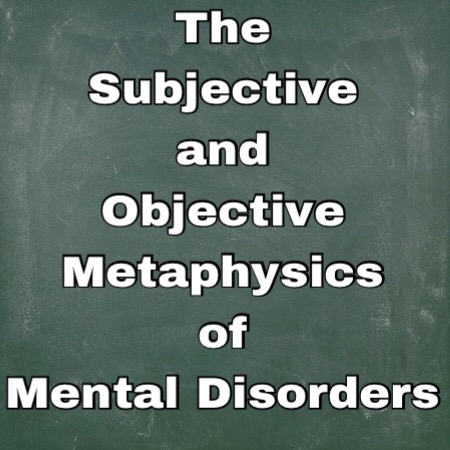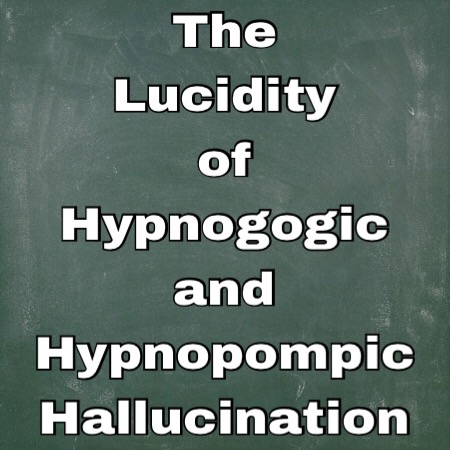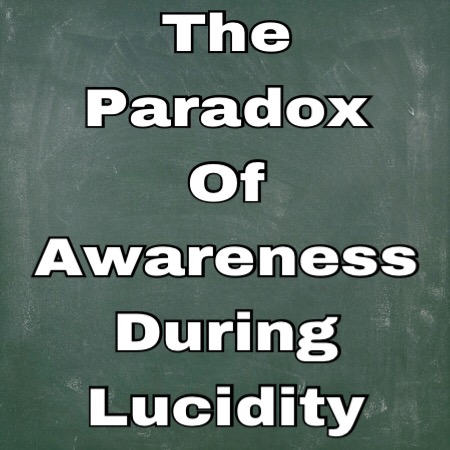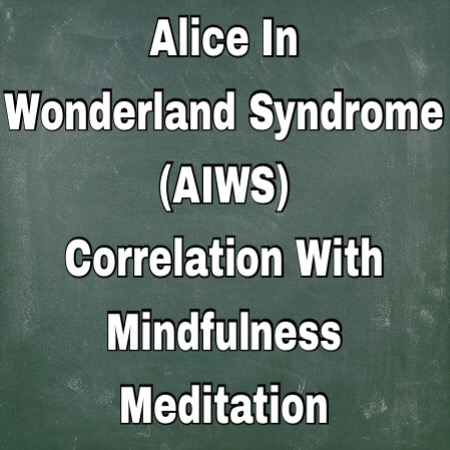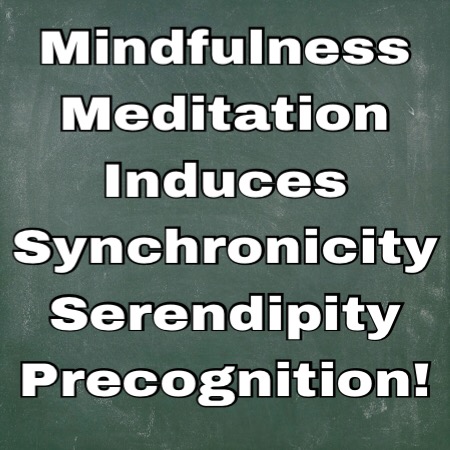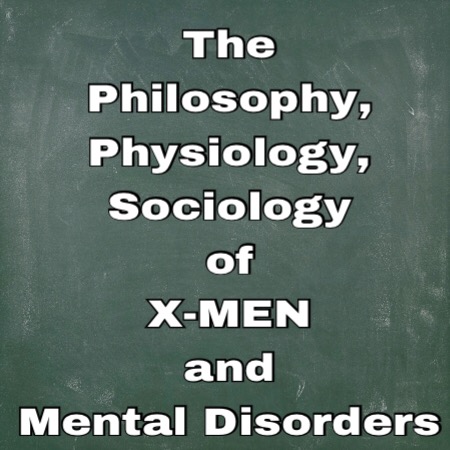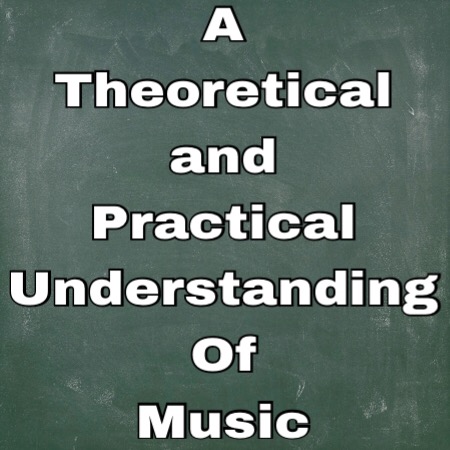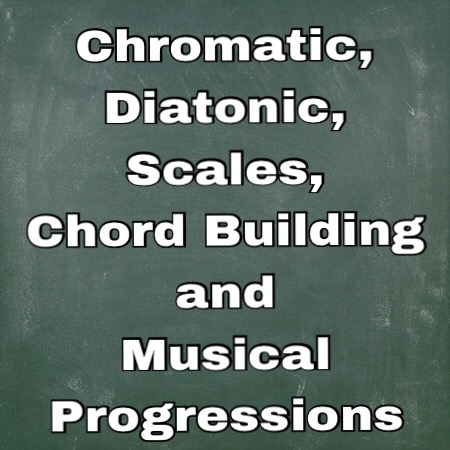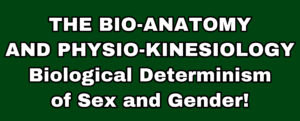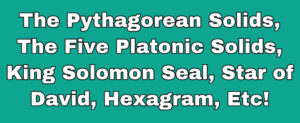14: Crossdisciplinary & Multidisciplinary Pathophysiological Approach To Bipolar
CHAPTER XIV
A Cross-Disciplinary And Multi-Disciplinary Pathophysiological Approach To Bipolar I Manic Episodes

I’ve seen both pathophysiology and physiopathology used interchangeably, in the context of subtle differences and also the same essential meaning; regardless, I’ll bypass the differentiation and explore my fascination with cross-disciplinary and multidisciplinary areas of study. Cross-disciplinary analyses one discipline from the perspective of another, examples are the physics of music; the study of chromatic, pentatonic scales, unisons, octaves and chord building are structured around the theoretical aspect of music. However, the number of hertz or cycle per second of a wave vibration is the study of music from the perspectives of physics—sound attributed to the collision of air molecules etc! Multidisciplinary is the convergence of mutually exclusive disciplines; computational linguistics for example—is where programming language incorporates morphology, syntax, semantics, and the pragmatics of linguistics, giving algorithms the computational inputs to decipher and communicate language just as effectively as humans…
Cross-disciplinary are remarkable studies because a rudimentary understanding of different perspectives are imperative; it’s the simultaneity of information acquisition and it deepens your knowledge of a specific area. Here’s an example; I write, compose, arrange, transpose and transcribe music—-understanding the physics of force, impact, vibration and the collision of air molecules developed an intrinsic appreciation for music. The amplitude, frequency, velocity, intensity and momentum of energy and the basilar membrane of the ear converting energy to sound is simply fascinating. Cross-disciplinary interconnectivity is intimate and explores the internal mechanism and processes of a discipline from a different perspective. Multidisciplinary is a challenging convergence between disciplines— that offsprings new variances of academic exploration; examples are the phrase “the juxtaposition of incongruity,” is a prevalent saying in humor that precedes back to the renaissance era of Salvador Dali’s visual symbiosis between the subconscious and dream-state, in his art..
Examining bipolar from an existential crisis and elation perspective is cross-disciplinary, because a rudimentary in philosophy is paramount to understanding the fundamental nature and being of a manic’s predicament. Metaphysics examines beyond the sensory inputs from an intangible perspective and phenomenology focuses on the state of consciousness..Ideas such as solipsism, absurdism, nihilism, idealism, realism, and pantheism examines a manic’s perception of reality during euphoria. Parapsychology goes beyond scientific analysis and explores precognition, premonition, retrocognition, clairvoyance, telepathy and psychokinesis or telekinesis. Exploring mental disorders within the context of another discipline creates an intimate fragmented experience with the discipline—-while investigating their condition in a state of separation.
Pathophysiology studies the aberration or functional changes in chronic illnesses, injuries, spectrum, and mental disorders. It investigates the processes, mechanisms and changes associated with different kinds of disease. Pathophysiology is a combination of both “pathology” and “physiology,” the former is the study of diseases and the latter studies the underlying mechanism and processes of organisms. That being said, we’re going to explore the limbic system, a complex group of nerve cells that regulates behavior, emotions, motivation, memory etc,—which is a neuropathological area but falls under the pathophysiology context of diseases. Part of that complex network of limbic nerves are the “amygdala,” a round mass of grey matter in the temporal lobe of the cortex responsible for the regulating emotions.
There’s an idea I continuously express in each paper, and that is; patterns in nature are unrecognizable and undetectable to the unimpaired and uninitiated. Meaning, a level of cognitive impairment and initiation disinhibits one from cultural nurturing and social conditioning. This sets the precursor to manic’s experience of reality without preconceived influences; a heightened sense of awakening incurs when the tainted fabrics of reality dissipates…Thus, perception alters and external stimuli’s effect on sensory is augmented —-this is the central focal point that activate manic’s amygdala and fluctuates their mood. A scientific experiment was conducted where the amygdaloid removal in rats brain disabled their fear of cats; also, the amygdala is associated with intuition— synonymous to manic’s impulsivity during grandiosity.

Synopsis: Self-Referential & Empirical Analysis |
|---|
|
These empirical analysis are inconclusive, however verifiable through observation, experience and a degree of self-affliction..Inferences conclude that mental faculty are the prerequisite towards mental disorder attraction, and physiology, kinesiology and biomechanics invariably initiate the attraction. These hypotheses are based on independent, theoretical and practical analysis under organic and inorganic conditions. A taxonomy between different forms of mental disorders; primarily, bipolar, has been curated under normal impulsive, distractible, disinhibited and grandiose conditions to effectively and efficiently classify their mental faculty, cognition, psyche, personality, characteristics, conditioning, ideology and emotions.
A detailed examination of test subjects and their mental disorders correlation to areas of metaphysics, phenomenology, parapsychology and psychopathology.. The heightened sense of awareness, the germination of the conscious and subconscious, and the solipsistic and pantheistic implications during mania. Investigations were conducted in their fatal attraction, specifically the prerequisites and initiators that poise the pleasure of interest; also, the amplification of precognition, premonition, retrocognition, clairvoyance, synchronicity, serendipity and telepathy. Bipolar implies the polarized state between euphoria and dysphoria, and i’ve used the misleading definition because they’re both extreme end of the emotional spectrum that exceeds beyond the normal individual. However, they’re representation of emotional dimensions or coexisting emotional alternation. Bipolar depression and unipolar depression are symptomatically different disorders, and it’s imperative to draw distinctions. Hence, antidepressants can destabilize and induce mania or coexisting dysphoria and elation. |
Theoretical & Inferential Data Assessment |
|---|
| These papers are not subjugated to inferential and theoretical data, they’re conclusions reached based on self-referential and empirical analysis, and a systematic inquiry to into the organic nature of individuals under natural environmental settings.. Subjective evaluations were conducted on mood fluctuation, anxiety, and circumstances that intermittently, inadvertently and indirectly alter, modify and impacted their mood. Linear and nonlinear processes, spatial reasoning, brain rapidity and mental solidity were assessed under normal conditions; childhood trauma, stress, illness, depression, insomnia, and substance abuse were accounted for under careful observation..Rigid investigations were conducted into the biological predisposition and environmental factors that precursors the individuals predicament…Also engaging with the “observers effect” methods and principles, where passivity, compliance, and complete adherence to the test subject focal points. |
Taxonomy Of Bipolar & Psychopathology |
|---|
|
Chapter I: is a fissure analysis between metaphysics, phenomenology, parapsychology and psychopathology; the augmentation of senses during mania and germination between the conscious and subconscious. Chapter II: is an analysis of solipsism, pantheism and the paradox of intersubjectively phenomenology during manic elation; also objective realism. Chapter III: explores the prodromal stages of bipolar solipsism and schizophrenia; apophenia and pareidolia being precursors. Chapter IV: analyzes the mental equilibrium in simultaneous diseases and the way impulsivity, distractibility, disinhibition and grandiosity alters during comorbidity. Chapter V: is a detailed examination of the prerequisites and initiators in bipolar and mental disorders fatal attraction; primarily in the areas of physiology, kinesiology and biomechanics. Chapter VI: investigates the prevalence of hypnagogic and hypnopompic hallucinations and lucidity in bipolar and the general population. Chapter VII: is a systematic inquiry into Bipolar III Cyclothymia and the equilibrium between polar extremities; the subtle commonalities and polarity they share with Bipolar I mania, and Bipolar II hypomania. Chapter VIII: Analyzes the correlation and disparity between solipsism, parapsychology and psychopathology in bipolar mania, and how grandiosity coalesces the trichotomy. Chapter IX: studies existentialism, nihilism and it’s relationship to bipolar disorder, atypical minds and the suppressed human psyche of normal individuals. Chapter X: Analyses Alpha, Beta, Delta, Theta, Gamma Brain Waves In Extrasensory Perception, and it’s differences to sound waves, light waves and mania. Chapter XI: Observes The Schumann Resonance, Electromagnetic Fields, Brain-Waves and it’s correlation with Bipolar I Manic Episodes. Chapter XII: Takes a Taoistic, Existentialistic and Newtonian analysis of the authenticity of love in Bipolar I Manic Episodes. Chapter XIII: Explores the disparity and commonality between mindful meditation, Alice in Wonderland Syndrome (AIWS), and Bipolar Manic’s and Hypomania. Chapter XIV: A Cross-Disciplinary and Multidisciplinary Pathophysiological and Neuropathological approach to Bipolar Manic’s. Chapter XV: Examines the Phonetical and Phonological features adolescents and the culturing nurturing and social conditioning of intonation, inflection, modulation and cadence in speech. Chapter XVI: Studies The ambiguity of Figurative Devices in manic’s interpretation of reality; primarily metaphor, analogy, personification and movies symbolic representations. Chapter XVII: Is a Philosophical analysis of Pantheism, Panentheism, Panpsychism, Dualism & Monism during Bipolar Manic Episodes. Chapter XVIII: Examines the correlation between high altitudes and depression, primarily its effect on Bipolar I Manic episodes and II Hypomania! Chapter XIX: Is an ontological analysis of reality, existence and being in terms of dualism, monism, idealism and materialism. Chapter XX: Studies the correlation between impulsivity, grandiosity, promiscuity and its relationship to the adult films industry. PHILOSOPHICAL |
 (I) Metaphysics, Phenomenology, Parapsychology & Mental Disorders (II) Solipsism, Intersubjectivity Phenomenology, Pantheism and Bipolar I Manic Episodes (III) Apophenia The Prodromal Stages Of Bipolar-Solipsism & Schizophrenia (IV) Empirical Analysis Of Comorbidity In Borderline Savants And Bipolar I Mania (V) Physiology Kinesiology, The Antecedent Initiator In Bipolar I Manic Episodes Attraction (VI) Auditory And Visual Hypnagogic Hallucination, Lucidity And Bipolar Manics (VII) Bipolar III Cyclothymia, The Equilibrium Straddle Between Polar Extremities (VIII) The Trichotomy Between Solipsism, Parapsychology & Psychopathology in Bipolar I Manic Episodes (IX) The Existentialistic And Nihilistic Authenticity of Atypical & Bipolar Manic Episodes Despair (X) The Alpha, Beta, Delta, Theta, Gamma Brain Waves In Extrasensory Perception; Bipolar I Manic Episodes (XI) Schumann Resonance, Electromagnetic Fields, Brain-Waves And Bipolar I Manic Episodes (XII) Taoism Philosophy, Newtons Law, Existentialism, Authenticity, Promiscuity & Bipolar I Manic Episodes (XIII) Mindfulness Meditation, Alice In Wonderland Syndrome (AIWS), Bipolar And Hypomania (XIV) A Cross-Disciplinary And Multi-Disciplinary Pathophysiological Approach To Bipolar I Manic Episodes (XV) Linguistics Phonetics, Suprasegmental Phonology, Semantics, Rhetorical Devices And Bipolar I Manic Episodes (XVI) Linguistics Semantics, Metaphor, Analogy, Personification, Romeo & Juliet Bipolar I Manic Episodes (XVII) Pantheism, Panentheism, Panpsychism, Dualism, Monism, & Bipolar I Manic Episodes (XVIII) The Pathophysiological Effect of Hypoxia In ADHD and Bipolar (XIX) The Philosophical Implication of Dualism, Monism, Idealism, Materialism In Bipolar (XX) The Correlation Between Psychopathology and The Adult Film Industry |
INTRODUCTION TO (LOSE-T) THE EVOLUTION OF (LOSE-T) | THE HISTORY OF (LOSE-T) PHENOMENOLOGY (LOSE-T) |

Introduction To (LOSE-T) Search Query Disambiguation (SQD)
(1) (SEO), (SERP), (NLP), Derivational & Inflectional Morphology
(2) (SEO), (SERP), (NLP), Metaphor, Analogy, Metonym
(3) (SEO), (SERP), (NLP), Polysemy, Capitonym, Monosemy
(4) (SEO), (SERP), Homonym, Homophones, Homograph
(5) (SEO), (SERP), Segmental & Suprasegmental Phonology
(6) (SEO), (SERP), Paronym, Hyponym, Meronym, Hypernym
(7) (SEO), (SERP), Onomatopoeia, Denotation and Connotation
(8) (SEO), (SERP), Heteronym, Heterograph, Orthographic Units
(9) (SEO), (SERP), (NLP), Cuneiform, Pictographs, Ideographs
(10) (SEO), (SERP), Logographs, Hieroglyphics, Phonographs
(11) (SEO), (SERP), Abbreviations, Acronyms-Hybrids, Initialisms
(12) (SEO) (SERP) Anthropomorphic, Personification, Typography
(13) (SEO), (SERP) Holonyms, Synonyms, Antonyms, Taxonomy
(14) (SEO), (SERP) Prefix, Suffix, Affix, Infix, Circumfix, Morpheme
(15) (SEO), (LOSE-T) Taxonomic Framework To Encode (NLP)
(16) (SEO), (SERP) Absolute, Comparative, Superlative Adjectives
(17) (SEO), (SERP) Redshift, Doppler, Special & General Relativity
(18) (SEO), Possessive, Demonstrative, Indefinite Adjectives
(19) (SEO), (NLP), Proper Nouns, Common Nouns, Capitonymic
(20) (SEO), (NLP), Modulation, Cadence, Intonation, Inflection
(21) (SEO), (NLP), Terminology, Jargon, Verbosity, Slang/Ebonics
(22) (SEO), (NLP) Phonemes, Graphemes, Morphemes, Digraphs
(23) (SEO), (NLP), Autocomplete, Spelling Correction Predictions
(24) (SEO), (NLP), Algorithmic Paradoxes, Equilibriums, Axioms
(25) (SEO), (NLP), Chromatics, Diatonics, Logarithmics, Octaves
(26) (SEO), (NLP), Anaphora, Cataphora, Antecedent, Postcedent
(27) (SEO), (NLP), Hegelians Dialect; Thesis, Antithesis, Synthesis

![]()

(1) Fundamental vs Technical Analysis in The Stock-Market
(2) Predicting The Stock Market Using Dispersed Variables..
(3) (SEO), (SMO), (SERP), And Google Algorithms..
(4) ICANN), (gTLD), Domain Registras & Cyber-Squatting..
(5) Domain Names (gTLD), Effect On (SEO), Stock-Market..
(6) 10-K, 10-Q, Annual Reports And Google Revenue..
(7) (ICANN), (UDRP), Domain Trademark And Cybersquatting..
(8) Economic Correlation/Advertisement, Marketing & Commodity!

(1) Three Dimensional Paradoxes In Spatial Schemata
(2) Vibrating Molecules and Elliptical Bubbles
(3) Musical Octaves and Wave-Particle Duality
(4) Smells Velocity Induces Memory Faculty
(5) The Paradox of Light and Sound Induces Synesthesia
(6) The Trichotomy Between Amplitude, Frequency and Velocity
(7) Black Is An Electromagnetic-Radiation (EM) Paradox
(8) Quantum Field Theory, Nash Equilibrium & Social Science
(9) Quantum Electrodynamics, Intramolecular, Intermolecular
(10) The Fibonacci Sequence & Coriolis Effect; Music & Motion

(1) The Emotional Dichotomy in Humor
(2) Neuro-Behavioral Disorder Adaptation
(3) Why Comedians Don’t Laugh At Open Mics
(4) Economic Psychology and Humor Aberration
(5) The Philosophy And Psychology Behind Fozzie Bear Humor
(6) Women Comics! A Sociobiological and Economical Analysis
(7) The Trichotomy Between Instinct, Intuition and Improvisation
(8) Synasthesia, Psychophysics, Linguistics and Humor!


| Synchronicity, Serendipity, Irony, Coincidences | ||

(1) Ecological Factors and Physiological Attributes
(2) The Psychology of Politics Equatable Rhetorics
(3) Psychophysics, Polyrhythm, Arrangement and Composition
(4) Smells Velocity Induces Memory Faculty
(5) Cognitive Impairment/Weather Conditions/Placebo Effect
(6) The Social Equilibrium of Spirituality vs Superficiality
(7) Quantum Entanglement, Chameleon Effect and Coincidences
(8) Synthesis Deriving From A Medical Antithesis
(9) The Power of Analogy, A Peculiar Mnemonics
(10) A Metaphor In Physics To Induce Organic Sleep
(11) Karma The Spiritual Undertone In Cause and Effect
(12) Distinctions Between Verbal Irony and Verbal Sarcasm
(13) School District Negligence, A Butterfly a Effect Analogy
(14) Dogs Defecating Alignment With The Earths Magnetic Field
(15) Fundamental vs Technical Analysis in The Stock-Market
(16) A Conglomeration of Political Discrepancy
Share your views and opinion, please leave a comment below Written By: Atelston Fitzgerald Holder 1st
SCIENTIST | ACADEMIC WRITER | LECTURER
The Harlem Times Politics | Business | Economics | Entertainment
Ask A Newyorker Science | Economics | Business | Politics
News Blaze World News | Science | Business | Technology
Performance Artist: www.youtube.com/mrpregnant
Musical Composer: www.youtube.com/mrpregnantmusic
Feel free to contact me at: mrpregnant@aol.com
Copyright 2016
Latest posts by Atelston Fitzgerald Holder 1st (see all)
- A SCIENTIFIC ANALYSIS OF THE SACRED-GEOMETRIC NATURE OF SUPERHERO ANATOMY! - September 5, 2023
- A Mirrored Reflection Of The Tainted Human Expression - September 15, 2021
- The God Universe Non-Dualistic Dichotomy - September 12, 2021
- Consultation - April 30, 2019
- The Philosophy Of Obsessive Compulsive Disorder (OCD), Bipolar I Manic, Lysergic Acid, Psilocybin & Sensory Modalities - January 31, 2018











